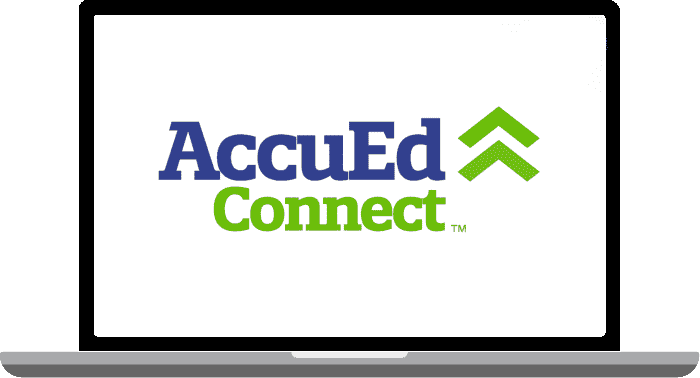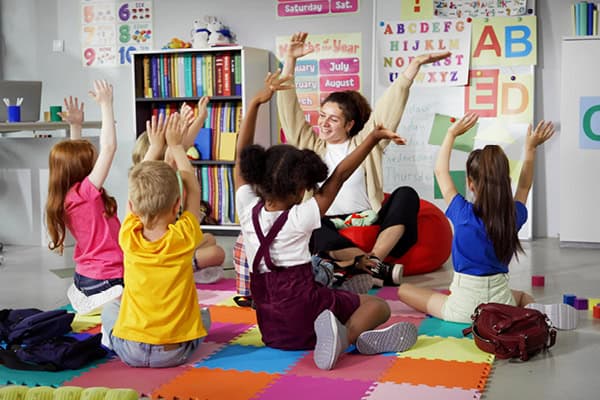With all the educational technology that’s made its way into the K-12 classroom in the last 10 years, schools now have a constant stream of actionable data that can be used to improve student outcomes, according to eSchool News. This is especially true with literacy, where it’s too easy to lose track of student progress and performance as students make their way through elementary and middle school. One school piloted an adaptive blended learning literacy program a few years ago. The initial goal was to improve the reading support offered to students based on their literacy data, specifically in the area of foundational skills. Data came from a variety of assessments, but the school’s interventions were not showing that students were making consistent progress as readers.
A reading workshop and balanced literacy model were the primary means to teach reading. An additional phonemic awareness instruction was introduced into kindergarten and first grade classrooms. School administrators knew improvements were needed to the district literacy program to better support students.
The literacy program pilot went well, and the school slowly expanded its use of its literacy program across the elementary schools in the district with a before-school program. In the spring of 2020, the school obtained unlimited licenses for the literacy program, which the company was offering at no charge due to the pandemic, and rostered all its elementary and middle school students so they could use it at home. In the fall of 2020, unlimited licenses were purchased for all elementary schools and the first structured literacy program for students in kindergarten through fifth grade was launched.
Access to reliable data improved significantly once a unified literacy program was in place. Here are four top benefits as a result of making this move:
- A gateway to structured literacy. When a new structured literacy reading program was started that could integrate with the school’s Lexia programs, the real gateway into structured literacy was revealed. With whole group structured literacy reading lessons and a literacy center block to provide time for daily personalized literacy instruction for students on the school’s literacy platform and Amira, a digital reading tutor, there was accelerated support for students. These different programs are aligned when it comes to teaching kids to read and then supporting them as they become advanced readers.
- Easy access to valuable data. The school is pleased with the results of its multi-year approach to improving literacy and extracting the data needed for effective decision-making and performance monitoring. As whole-class and small group structured literacy reading lessons continue to be refined, the school will keep supporting consistent student usage on literacy and digital tutoring programs. If usage and progress data doesn’t meet teachers’ expectations, teachers can quickly gain an understanding of how students are performing on the programs and intervene accordingly. Teachers now have access to an ongoing collection of data points quickly to better support students.
- Better reading test scores. For the 2022-23 school year, 84% of students met usage expectations on Core5 and 74% of all students advanced at least one grade level of material. During the same period, 65% of students who used the literacy program with fidelity and 49% of all students reached skills at or above their grade level. There was growth data in every elementary school. A comparison of reading test results from SY 2019-20 to SY 2022-23 showed K-5 students went from 37% at or above norms of growth rate to 93% . Similar results were gained on the Language Usage test for students in grades 3-5 where students went from 37% at or above norms of growth rate to 96%.
- A reading program that everyone loves. The positive momentum of the literacy program supports students, teachers, and families throughout the school year and into the summer months. Teachers understand the literacy program now and how it can support their students. Teachers get excited when they see students making progress and they see that the literacy program has a direct connection to those students’ educational progress. Administrators also like to view the program’s data through different lenses. For example, principals can easily see metrics connected to their building literacy data, while also accessing district literacy data. Teachers, interventionists, special education staff, and paraprofessionals can view class, caseload, and student data to target the literacy needs of students more effectively.
The district now has the data that it needs and a structured literacy approach that’s already producing impressive results in the way of improved reading scores.
eSchool News






